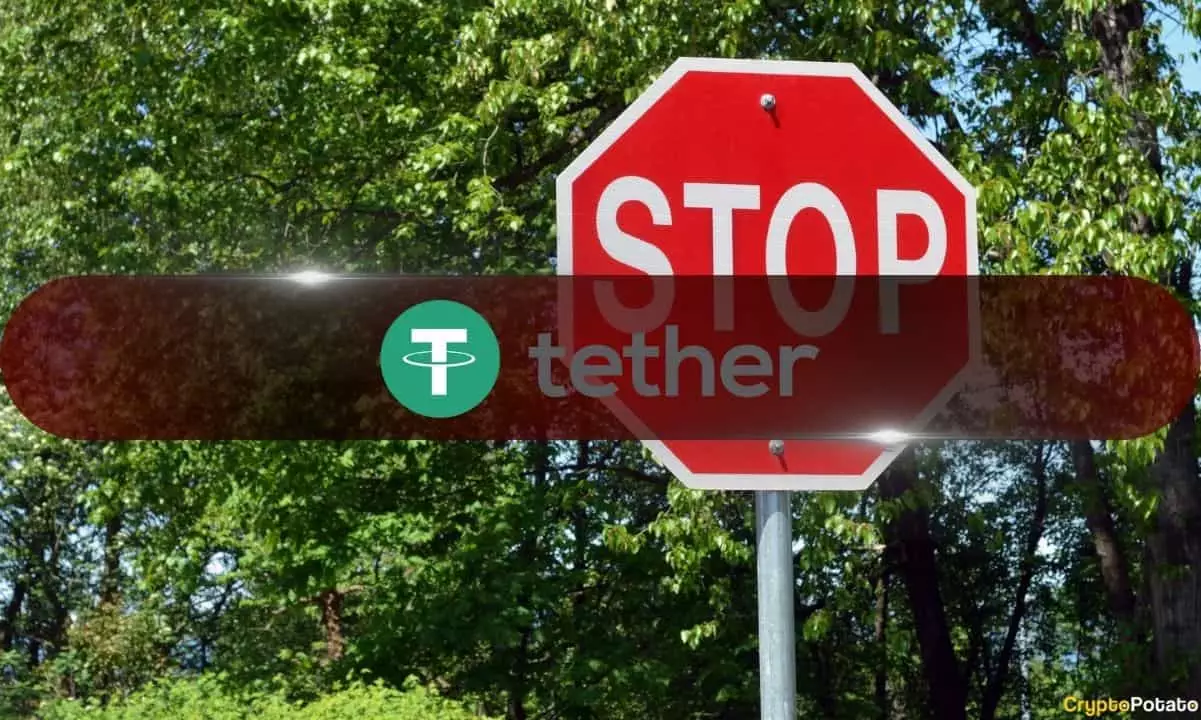Over the past few years, stablecoins have seen a rise in demand and market share, challenging the dominance of Tether’s USDT. Recent data from Kaiko indicates a decline in USDT market share on centralized exchanges, dropping from 82% to 74% in 2024. This shift can be attributed to the emergence of competitors like FDUSD and the growing popularity of regulated options such as USDC. The competition is heating up, with USDC reaching an all-time high market share of 12% by the end of June, fueled by trading volumes on major exchanges like Binance, Bybit, and OKX.
In addition to the competition among stablecoin issuers, there is a growing interest in yield-bearing stablecoins. Market players like Paxos and Tether have introduced their own alternatives in response to this demand. The implementation of the MiCA regulation in Europe has further fueled the demand for compliant stablecoins, benefiting Circle’s USDC. Non-compliant stablecoins currently make up 88% of the total stablecoin volume, but with the enforcement of MiCA, this is expected to shift significantly. Market makers are likely to favor compliant stablecoins, leading to the delisting of non-compliant options like Tether’s USDT by major crypto exchanges in Europe.
The trend towards transparent and regulated stablecoins is evident in the market dynamics. The data from Kaiko shows a growing share of compliant stablecoins over the past year, indicating a preference for regulated options. USDC has emerged as a frontrunner among regulated stablecoins, positioning itself as a key beneficiary of the shifting market landscape. As the demand for compliance and transparency continues to rise, stablecoin issuers will need to adapt to the evolving regulatory environment to maintain their market share and competitiveness.
The stablecoin market is undergoing significant changes, with competition intensifying and regulatory factors shaping market dynamics. The rise of USDC and other compliant stablecoins highlights the shift towards transparency and regulatory compliance in the crypto market. As the industry continues to evolve, stablecoin issuers will need to navigate these challenges and opportunities to stay relevant and meet the demands of investors and regulators alike.

